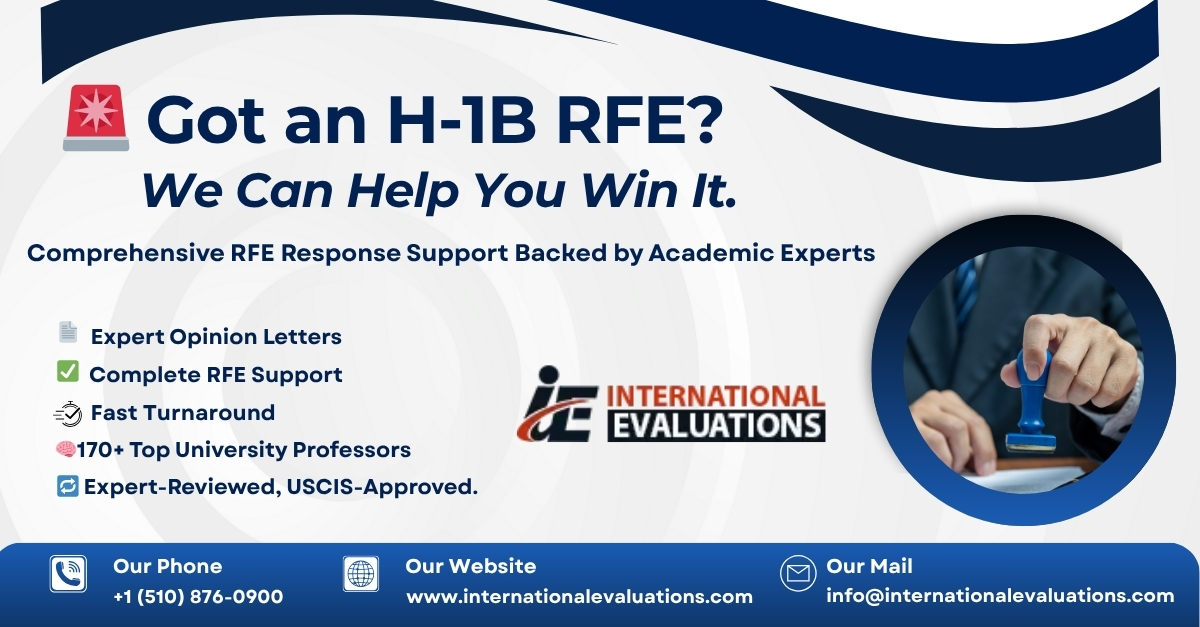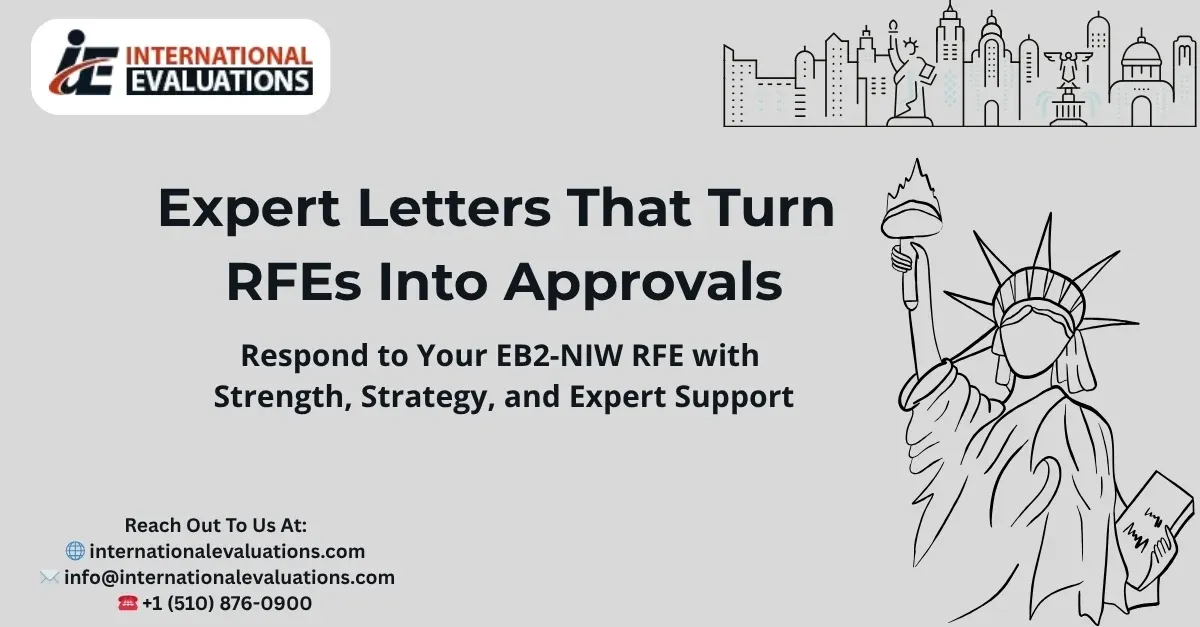Even strong documentation and a good cover letter can deny your petition and can result in a Request for Evidence (RFE) by USCIS. What matters is how your respond to RFE once arrives. In this article, we will see some of the most used statements made by USCIS on Respond to Request For Evidence.
What is Request for Evidence (RFE)?
The first question that comes to our mind, is that what is a Request for Evidence (RFE). An RFE is a tool that USCIS seeks additional information. It is when an adjudicator considers that an application or petition which lacks the required evidence for immigration in the US. The evidence shows that most RFEs are a result of missing important initial evidence. If required initial pieces of evidence are not submitted, USCIS may deny the petition that can result in the issue of an RFE. Also, if required evidence has been submitted to the USCIS but does not establish eligibility, USCIS may issue RFE.
It is an important document that specifies the type of evidence required and gives the petitioner a sufficient notice period. It states sufficient information that is required to respond. If possible, RFEs should be avoided at an initial phase. It may cause an unnecessary burden both on the petitioner and USCIS. Requesting for additional evidence or returning a case can be a load. Therefore, the initial case review must be a thorough one. While submitting documents, it is taken care that the evidence or information already submitted is not resent again.
What does USCIS want and is it required? – Processing the Information
Once received RFE, you can discuss it with an attorney. They assess whether the legal standard stated in the RFE is accurate or not. They critically analyze your RFE and make a checklist concerning items from the USCIS perspective. This can give you much clear picture of what is required while applying for the RFE solution.
Role of USCIS in RFE
So, when USCIS can issue RFE? The role of USCIS is very stern as they are very particular about the documentation. It is believed that USCIS may issue RFE when the petitioner has failed to established eligibility. Here, the petitioner is an employer. It is when an employer has failed to establish employer- employee relationship that exists throughout the beneficiary’s employment with the employer. RFE must specifically state what exactly is an issue. This can be further be tailored to request specific, illustrative types of evidence that go directly to what is considered deficient. On the other hand, RFE should not request information that has already been provided in the petition. The officer should be very careful, reviewing all evidence provided with the H1-B petition to determine which elements of your petition have not been sufficiently established.
Conclusion
We at International Evaluations, take RFEs seriously and are committed to resolving them. We do not compromise on the quality of the documentation. We are the trusted service provider for RFEs cases and assure you that will not let your application down. Our flawless and accurate evaluation reports can assist you to make your dream come true to settle in the US.








